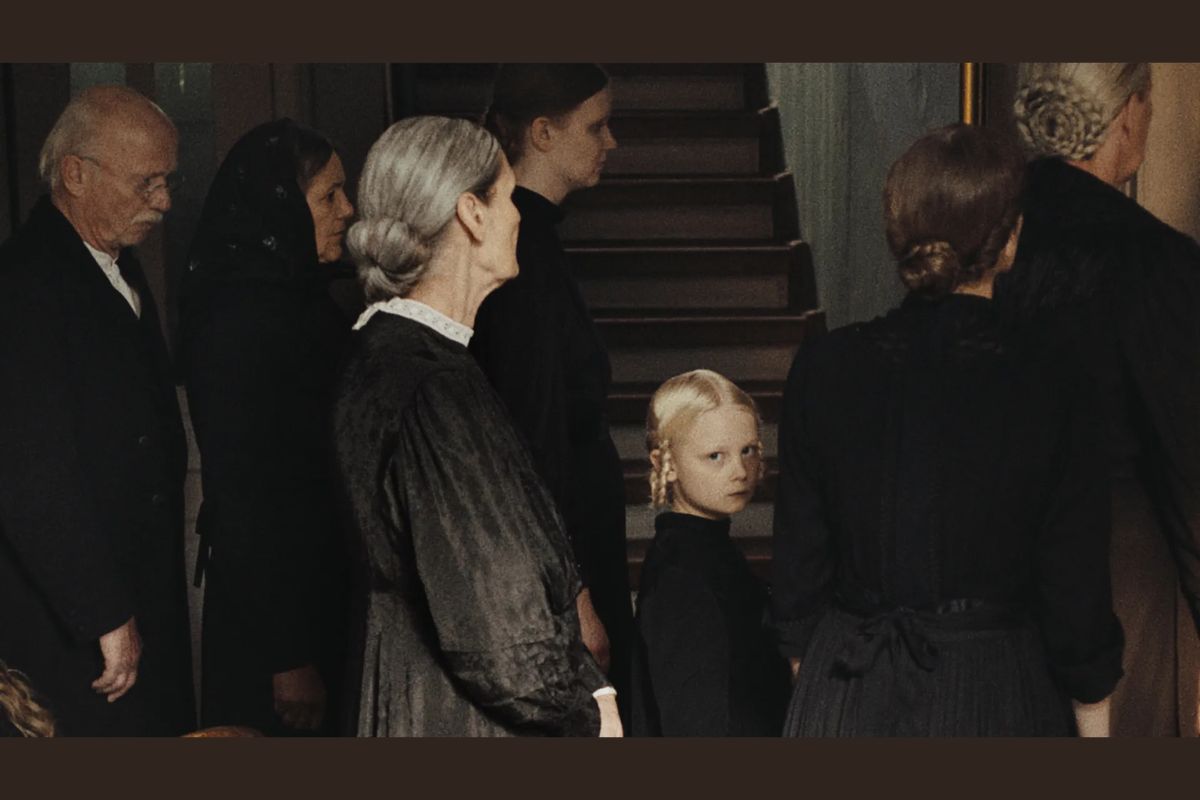
Published: : May 27, 2025, 11:04 AM

This is a shocking, multi-generational study of the inheritance of trauma. The protagonists are four generations of women living on a German rural farm of nearly a century.
First, there are young girls, and then adult women who become hostages to their mothers behaviors. More or less consciously, they replicate similar behaviors, make the same mistakes, and experience the same violence they suffered in childhood. Life, death, illness, sex, the harshness of social relations, and two world wars comprise their existence. There are no images of the wars themselves, but there is a recurring eerie sound that resembles the approach of bombers, which heightens the sense of danger. It is excellently complemented by the unsettling visual aspect of the film. Frames with soft, warm, gentle light from oil lamps and candles contrast with grainy, rough images and the starkness of the subject. The boundary between what is real and what is unreal quickly blurs, leading to reflection on the very nature of what we see. Moreover, the camera often approaches the characters without their knowledge. They are spied upon through a keyhole, holes in the wall. The walls of the farm seem to hide secrets and sufferings, passing them on like a cursed legacy.
The exquisite visual beauty serves the narrative of terrifying and subtle psychological horror. The farm becomes a place of play but also a prison, a mausoleum. Mascha Schilinski films different eras in the same sepia color tone, which intentionally makes it difficult to distinguish them from one another, emphasizing that in fact, nothing really changes. Each of the protagonists must confront their own challenges related to their age, era, and family status, but the same curse seems to hang over them all. The director travels through eras from the end of the 19th century to contemporary times in a fluid manner, allowing herself to be carried away by the inner lives of her heroines. She masterfully uses sophisticated tracking shots, differences in framing, exposure, and focus.
Through the reversal of images and slow motion, which deconstructs the monstrosity of reality that mercilessly, regardless of the era, befalls young girls and young women who inhabit this labyrinthine building. By intertwining the fates and sufferings experienced by the protagonists, "Sound of Falling" by Mascha Schilinski tells of patriarchal oppression that still remains intact, even if it has changed its form.
It is not by accident that the director introduces numerous scenes of funeral rituals into the film. The drastic act, from our point of view, of sewing the eyelids of the deceased girl so that her eyes remain open, finds its justification in the tradition of post-mortem photography, which was very „popular” at the turn of the 19th and 20th centuries. In this way, the film stages the idea that the awareness of death is more significant and integrated among women than among men. This conviction brings sisters, mothers, grandmothers, and daughters closer together in a fascinating timelessness.
Writer: Film Critic, Poland